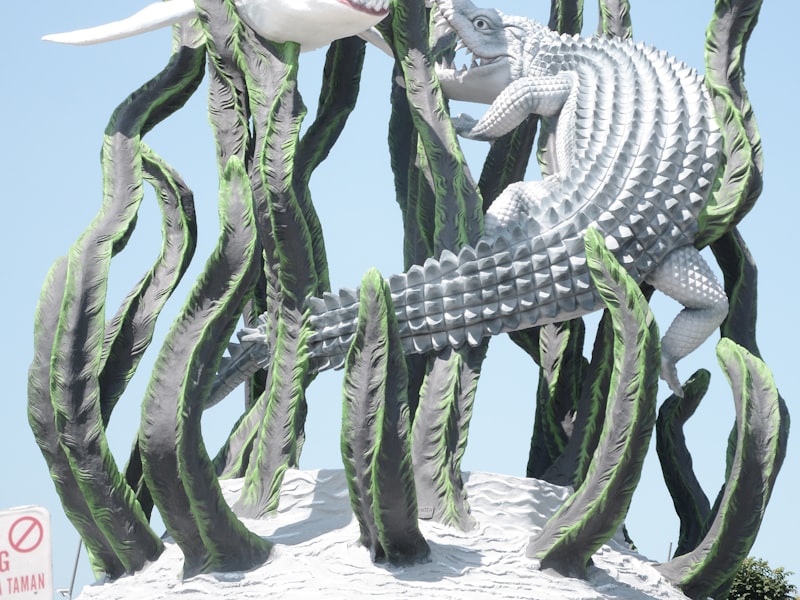Acupressure and Headaches


It is possible to practice acupressure by pressing the appropriate points on your body. The largest intestinal tract (LI-4) is located between your thumb and forefinger. Liver 3 (LR-3), is located at the top of your foot, between the big and the next toe. https://mansemassage.com/seongnam/ The PC6 acupressure point is located inside the wrist groove between large tendon. You can also purchase special wristbands which apply similar pressure points.
Trigger Points
Trigger points are locations that cause pain throughout the body that could result from a variety of factors. These include the skin, tendons, ligaments and skin. These trigger points are identified by their pain patterns and follow a particular nerve pathway. Occasionally, trigger points create reciprocal cycle relationships. In general, a single treatment to a trigger spot will alleviate the symptoms.
Trigger points are tender, small areas on the body that result from a decrease in circulation and the increased sensitivity of nerves. Trigger points may cause chronic or acute pain and can be linked to other points within the body. Histamine, which is a natural pain-killing hormone, can be released by a needle being put into trigger points. It is a great way to relieve chronic pain and avoid further injuries and overuse. Trigger points are common among athletes and can be result of excessive muscle use, accident or an imbalance in the skeletal system.
Pressure point LI-4
Acupressure is a natural therapy utilized to treat a broad variety of ailments like headaches. This practice uses pressure points to encourage the body to achieve greater connectivity and flow of qi. Furthermore, pressure point stimulation can be an effective treatment for gastrointestinal complaints. Acupressure is not an all-purpose treatment for these issues and should only be employed in conjunction with medical treatment.
The acupressure point can be located on the dorsal part of the head, just one finger's width of the middle. To experience the same effects apply pressure that is firm on the acupressure areas. Acupressure can relieve discomfort in the shoulders, fingers and neck. The pressure points are located on the fingers, and they can be stimulated with a Metal Element Acupressure stick. Although acupressure can be an effective treatment for many illnesses, some doctors do not recommend using this point during pregnancy.
Tui na treatment
Tui na, a great alternative medicine method, employs methods of compression that are rhythmic to target specific points of the body in order to restore balance. This treatment is effective in treating chronic and acute discomfort while also reducing anxiety and sustaining general health and well-being. Tui na is especially beneficial for patients who suffer from chronic conditions like fibromyalgia headaches, and back pain.
The typical tui na session can last from 30 minutes to an hour and employs similar techniques. Patients are often clothed, and massage oils are used on the hands, feet, and neck. It's a relaxing, invigorating experience that is beneficial for people with chronic sciatica or pain. Patients should be aware of the fact that Tui-na treatments can be extremely painful.
Yin, yang
The yin-yang of nature should never be static. They should always flow in harmony within the body. If this balance is disrupted, it can lead to imbalances and rivalries for dominance. In acupuncture, they are thought of as complementary and can be transmuted to create a balance. Typically, these two energies are balanced and act in harmony. Depending on the condition the yin energy can change to yang or reverse.
Western medicine does not recognize the Yang organ as an organ and consequently does not have a corresponding structure. It is commonly called the triple burner, and is in fact an energy pathway. In this regard the yin organ acts as a channel for fluid and heat to circulate through the body. Practitioners can identify their relationship by recognizing the color corresponding to of yin as well as yang.
Efficacy
Although there are no controlled studies on the efficacy of acupressure to treat of headache, there are important guidelines for its development. Acupressure research must contain the appropriate outcomes measures. About one-fourth of the studies that were reviewed did not contain both objective and subjective measures. Further evidence is seen in objective measures such as urine analysis or daily doses of prescription medication for headache management and other symptoms.
This study will test the efficacy and safety of three Acupressure points (PC6, LI4, HP7) on adults who have undergone surgery. The primary outcome will be the level of recovery, with secondary outcomes measuring PONV, pain, as well as patient satisfaction. The study will also consist of two comparison groups: one without acupressure, and an uninvolved sham group. Both groups will be given home visits by research team members. They won't know which group they are assigned to.
Side effects
Apart from reviving the body's healing capabilities, acupuncture can also have short-term negative effects. The stimulation of certain points in the body could stir up toxins, which can make your symptoms more severe. It is also possible to experience increased intolerance to some foods. These are not common but they are something to be aware of. These effects typically subside within one week. To reduce or eliminate any possible side negative effects, contact your acupuncturist immediately.
Acupuncture-related side effects can include bruising, increased pain or nerve damage. In rare instances, internal organs or tissues may be damaged. Acupuncture is non-toxic and has few complications compared to other drugs. Minor bleeding and bruising are the most common negative side effects. Acupuncture is not associated with life-threatening problems.
